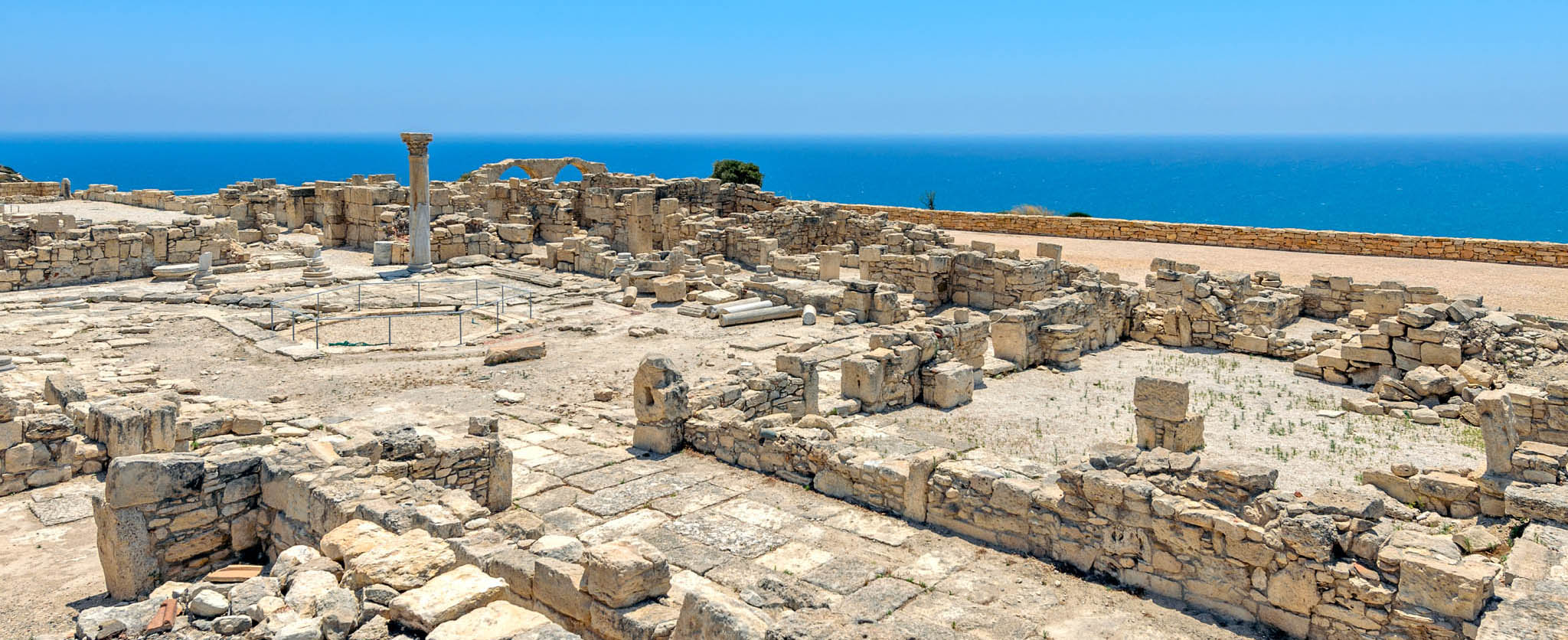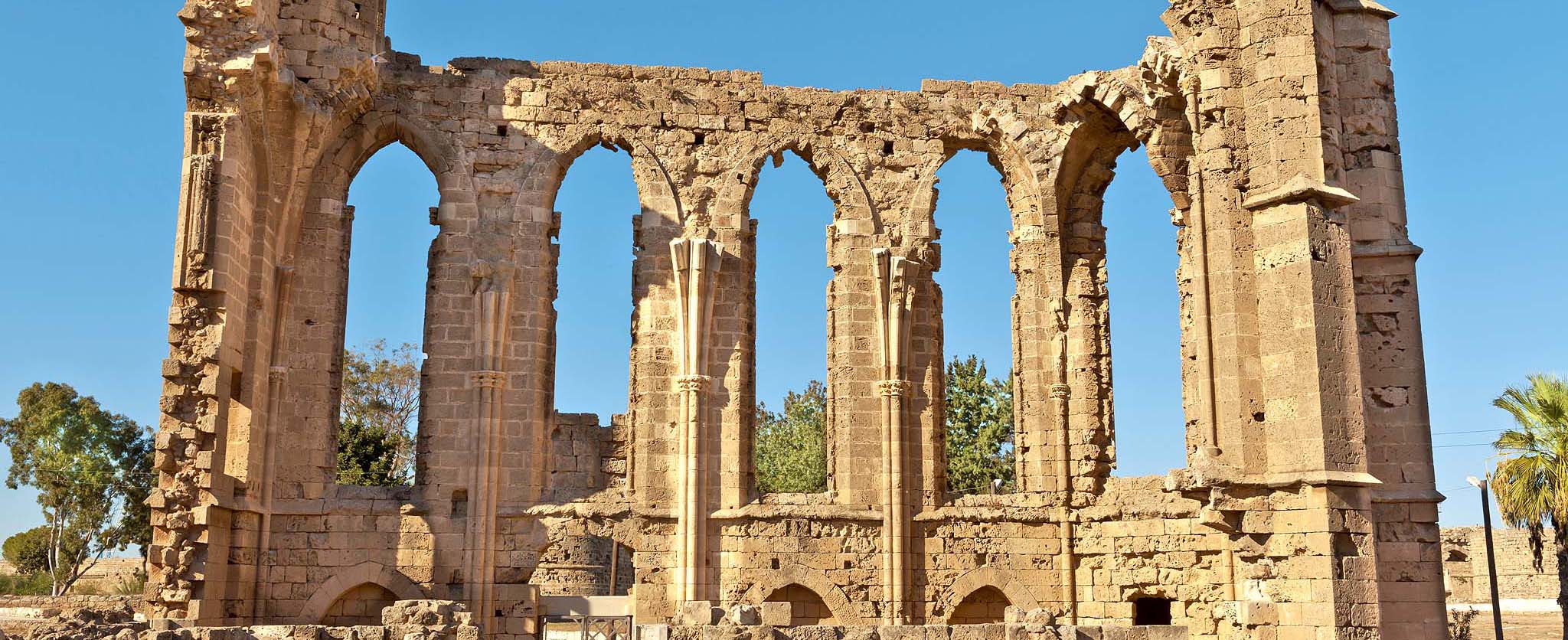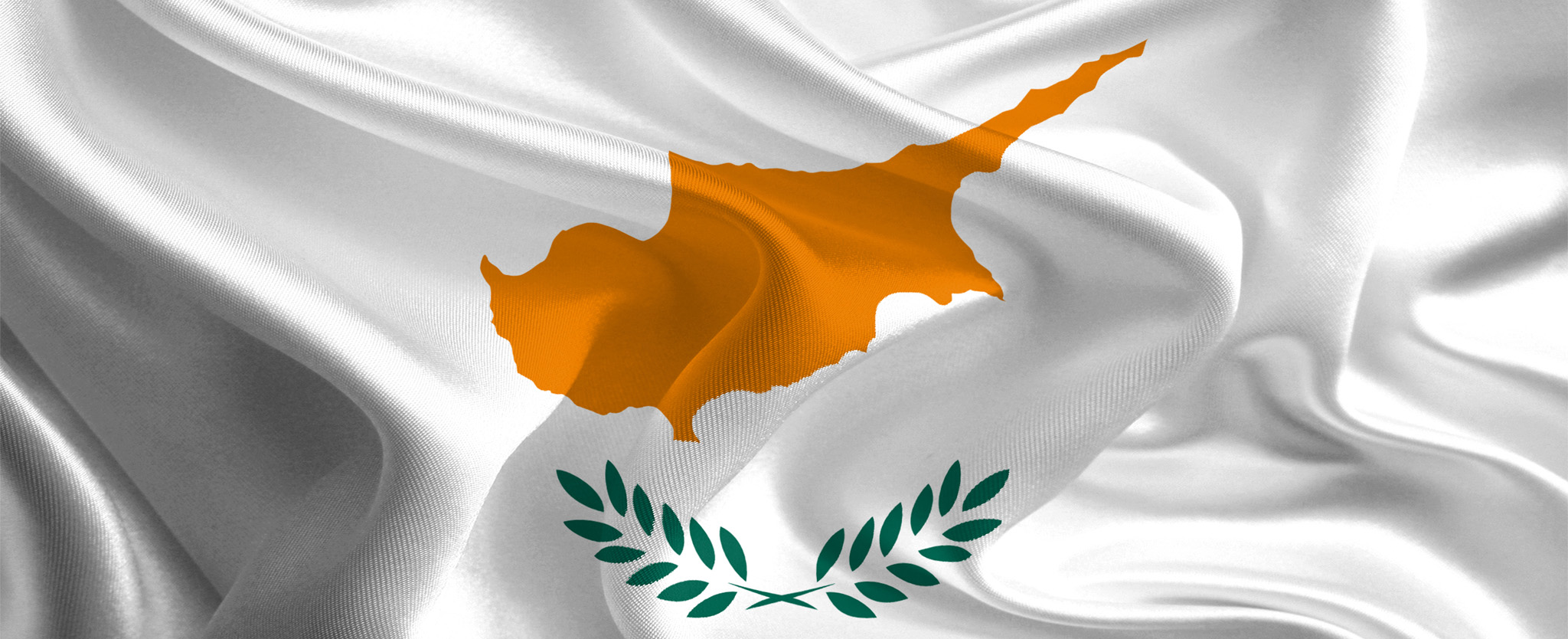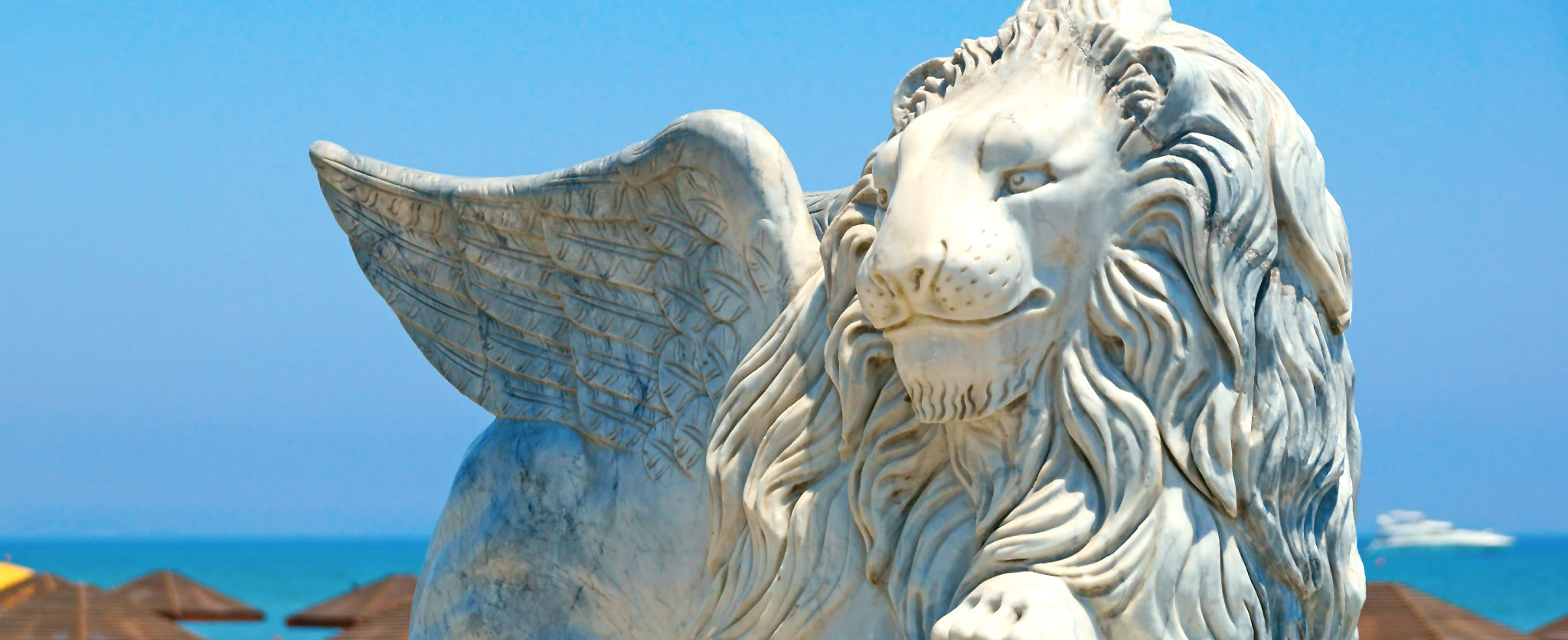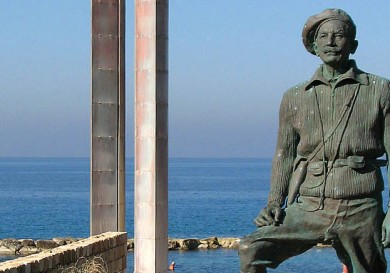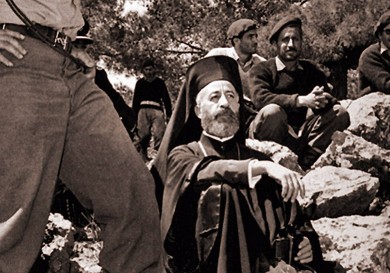Many do not even believe how deeply you can penetrate into the history of a small Mediterranean island. After all, the history of Cyprus dates back to the prehistoric era.
Nucleation
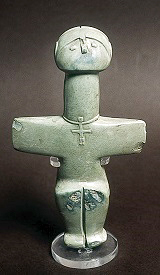 The Old settlement in Cyprus appeared during the Neolithic Age in the southern and northern coastal areas of the island (Kalavasos, Petra tou Limniti, Choirokoitia, Frenaros etc.). In this era, there were only stone objects. People built their homes, by choosing a place near rivers or hills. They built them from stone, wood and clay, giving them a rounded shape. Objects found during excavations show that in those days people were engaged in hunting and fishing. They also made the first attempts to cultivate land and to breed animals.
The Old settlement in Cyprus appeared during the Neolithic Age in the southern and northern coastal areas of the island (Kalavasos, Petra tou Limniti, Choirokoitia, Frenaros etc.). In this era, there were only stone objects. People built their homes, by choosing a place near rivers or hills. They built them from stone, wood and clay, giving them a rounded shape. Objects found during excavations show that in those days people were engaged in hunting and fishing. They also made the first attempts to cultivate land and to breed animals.
During the Stone Age (3900-2500 BC), most of the settlements in Cyprus were located in the western part, where the cult of the goddess of fertility developed (Kisonerga, Leba, Kalavasos, Erimi).During this period, the inhabitants of Cyprus began using copper, but its use had been very limited. From those times the first copper objects have survived: millstones, pressing tools, other tools, skewers, fish hooks and jewellery.
During the Copper Age (2500-1050 BC) the production and use of copper led to prosperity in Cyprus. Their trade relations with Eastern countries, Egypt and the islands of the Aegean grew stronger. Around 1400 BC, the Mycenae residents came to the island as merchants, and later began to settle here. They brought in the Greek language, religion, customs and traditions, as well as art.
The Hellenic era and the flourishing of Cyprus
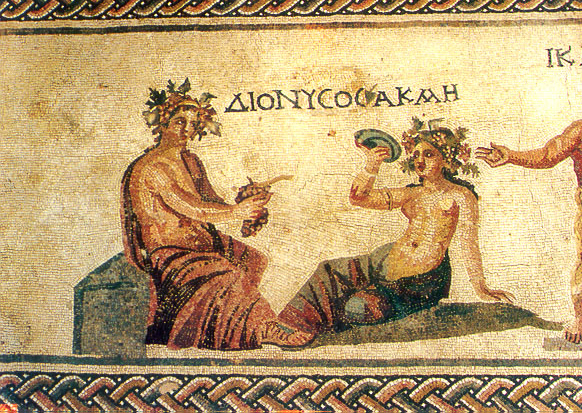 It is believed that after the end of the Trojan War, its heroes arrived and settled in Cyprus, founded cities adorned with magnificent monuments and cyclopean walls. Telamon Tefkros, Eanta’s brother, founded the city of Salamis, Agapenor of Arcadia – the city of Paphos, Halkanor – the city of Idali, Praksandrus of Laconia – the city of Golgus, Kourion, Hitros – the city of Hitrus (Kithreya) and the son of Theseus, Akamas called the cape of the island after his name – Akamas.
It is believed that after the end of the Trojan War, its heroes arrived and settled in Cyprus, founded cities adorned with magnificent monuments and cyclopean walls. Telamon Tefkros, Eanta’s brother, founded the city of Salamis, Agapenor of Arcadia – the city of Paphos, Halkanor – the city of Idali, Praksandrus of Laconia – the city of Golgus, Kourion, Hitros – the city of Hitrus (Kithreya) and the son of Theseus, Akamas called the cape of the island after his name – Akamas.
Since then, the island joined the Greek ”family”, received their language and religion, and the development of relations and traditions helped Cyprus to confront a variety of invaders from neighboring countries.
The geometrical era (1050-750 BC) begins in Cyprus, where the city-states begin to develop, and the Greek civilization spread throughout the island. There are 10 city-states. The defeat of the Mycenaeans, (1100 BC), gave the Phoenicians the opportunity to concentrate all the trade in their hands and to establish a settlement in the most important areas of the Mediterranean.
So, they settled in Cyprus (in Kition). The VIII century BC was a period of considerable prosperity. A high level of metal, ivory, weaving were produced, as is evident from the figures in the ceramic vessels of the time.
Perhaps, then, the Greeks got acquainted with the Phoenician alphabet, which meet the requirements of their language and served as the basis for the formation of the Greek alphabet.
The fights
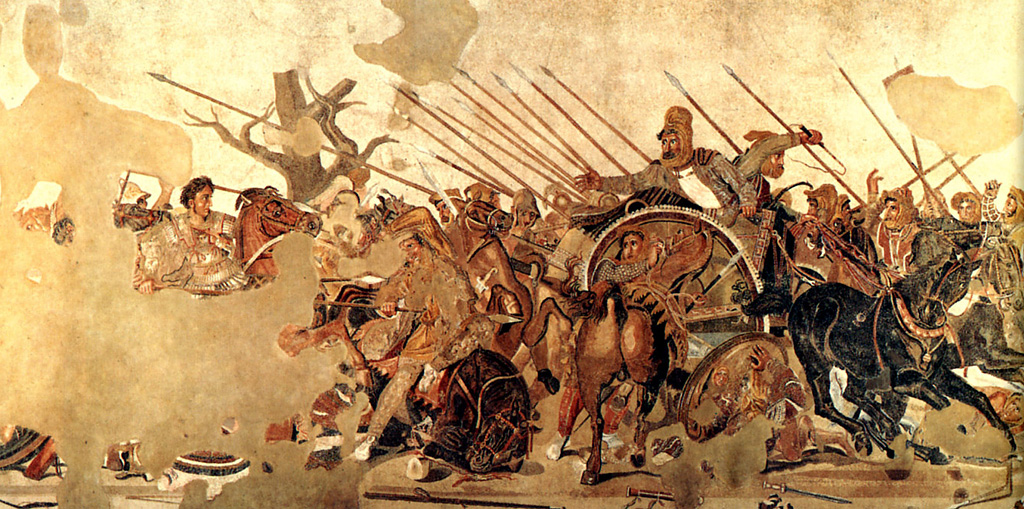 During the archaic era (750-475 BC), Cyprus becomes prey to various invaders. Cypriot city-states struggle to maintain their independence, but they gradually came under the rule of foreigners: Assyrians, Egyptians, Persians. The most important city-state at the time was Salamis. Archaeological findings reveal a wealth of Cyprus cities and they also demonstrate that many generations preserved the Mycenaean burial customs. These excavations reveal more about the structure of the Cypriot society.
During the archaic era (750-475 BC), Cyprus becomes prey to various invaders. Cypriot city-states struggle to maintain their independence, but they gradually came under the rule of foreigners: Assyrians, Egyptians, Persians. The most important city-state at the time was Salamis. Archaeological findings reveal a wealth of Cyprus cities and they also demonstrate that many generations preserved the Mycenaean burial customs. These excavations reveal more about the structure of the Cypriot society.
During the reign of the Persian rulers, Cypriots continued to reign and to manage the affairs of the state. However, they were required to pay a tribute, as well as helping the Persians, introducing them to its fleet during the ongoing hostilities.
During the classical period of history (475-325 BC), Cyprus coincides with the Greek War for the liberation of Cyprus from the Persians. The Athenians have sought to liberate the island. In 449 BC, Kimon of Athens reached the shores of Cyprus with 200 ships. In the battle he was defeated at Kition. The glorious king of Salamis, Evagoras I was able to unite all the states of Cyprus and, together with the forces of the Athenians, led them against the Persians.
However, after years of war, Evagoras was forced to sign a peace treaty with the invaders, and keep control of the Cypriot city-states, being in the moment, in their submission, with the exception of Salamina, and pay a heavy tribute to the Persians. The Persian oppression ended during the reign of Alexander the Great (332 BC). As a result of a victorious campaign, Alexander conquered Persia and turned Cyprus into part of the empire.
A new rise
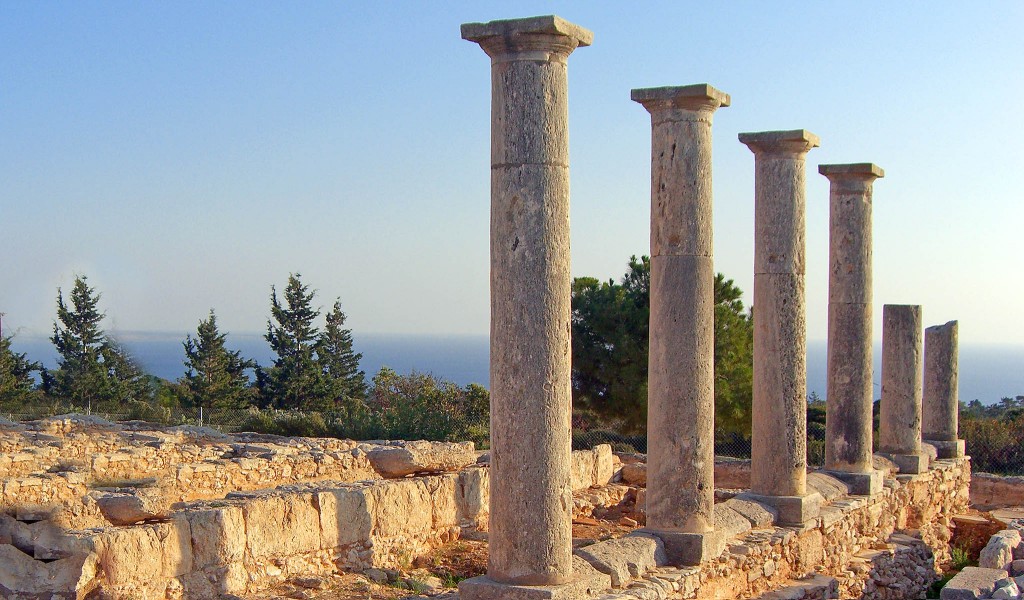 After war was unleashed by the heirs of Alexander the Great, and after the division of his empire, Cyprus enters the composition of the Greek kings of the Ptolemaic kingdom of Egypt. Thus, the island became part of the Greek “Alexandria” in the world. For Cyprus, this period is associated with flourishing and wealth. The state-kingdoms of Cyprus are and the island is united under the rule of the Ptolemies of Egypt with its capital in the city of Paphos. The peace that reigns on the island, brought an era of economic and cultural prosperity.
After war was unleashed by the heirs of Alexander the Great, and after the division of his empire, Cyprus enters the composition of the Greek kings of the Ptolemaic kingdom of Egypt. Thus, the island became part of the Greek “Alexandria” in the world. For Cyprus, this period is associated with flourishing and wealth. The state-kingdoms of Cyprus are and the island is united under the rule of the Ptolemies of Egypt with its capital in the city of Paphos. The peace that reigns on the island, brought an era of economic and cultural prosperity.
Important monuments of this era are the king’s tombs in Paphos and the theater of Curium(II century BC), and the most prominent figure of this period is the Stoic Zenon of Kition (end of the III beginning II century BC) – founder of the school of philosophy in Athens and a follower of the Stoic philosophy. Moreover, in these years, the Greek alphabet is spread throughout the island.
A heavy historical moment for the island are the years of war between Egypt and Cyprus. After the defeat of Antony and Cleopatra at Aktii (31 BC), Cyprus becomes part of the Roman Empire and is controlled by the Roman vice-councellor from the residence in Paphos. During the first campaign of the Apostles Paul and Barnabas (45 AD), the vice-councellor of Cyprus Sergios Pavlos accepted Christianity, and Cyprus becomes the first country governed by a Christian.
 Strong earthquakes of the I century BC destroyed many cities, which were then restored. In 313 AD by the edict of Mediolana, Christians receive the right of freedom of religion. In 325 AD Cypriot bishops took part in the First Ecumenical Synod in Nicaea. This period is accompanied by economic and cultural growth. From that time magnificent monuments have survived, such as theaters (Salamis, Solon and Curium, which had been rebuilt and expanded), temples (Apollo Ilatov Curium, Zeus of Salamis), temples dedicated to the father of medicine Asclepius in which hospitals were also housed as well as private homes decorated with mosaic pictures (the House Evstoliya in Curium, the House of Dionysos, the House of Orpheus, the House of Theseus and the Residence of Aonas in Paphos).
Strong earthquakes of the I century BC destroyed many cities, which were then restored. In 313 AD by the edict of Mediolana, Christians receive the right of freedom of religion. In 325 AD Cypriot bishops took part in the First Ecumenical Synod in Nicaea. This period is accompanied by economic and cultural growth. From that time magnificent monuments have survived, such as theaters (Salamis, Solon and Curium, which had been rebuilt and expanded), temples (Apollo Ilatov Curium, Zeus of Salamis), temples dedicated to the father of medicine Asclepius in which hospitals were also housed as well as private homes decorated with mosaic pictures (the House Evstoliya in Curium, the House of Dionysos, the House of Orpheus, the House of Theseus and the Residence of Aonas in Paphos).
So far, we have told you about Cyprus in the period up to 336 AD. Since then, Cyprus continued to evolve and entered into the Middle Ages. This period in the history of Cyprus, can be read in our next review.




